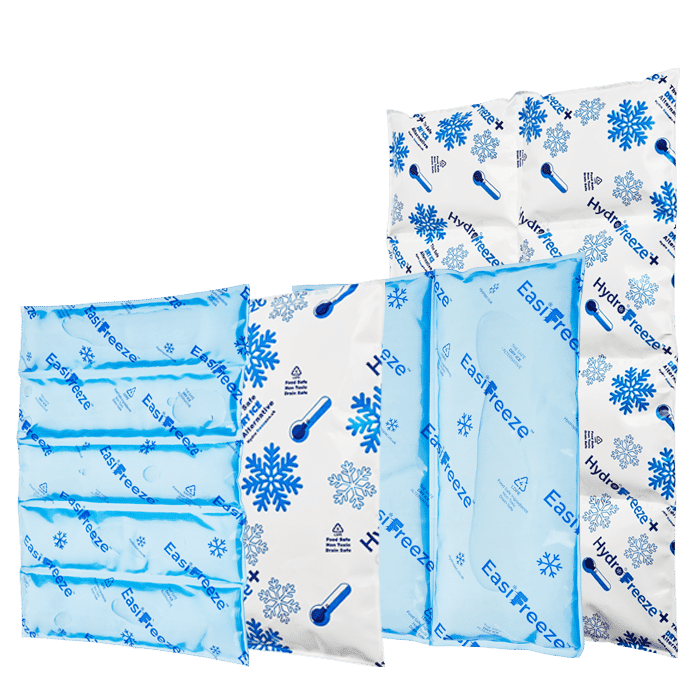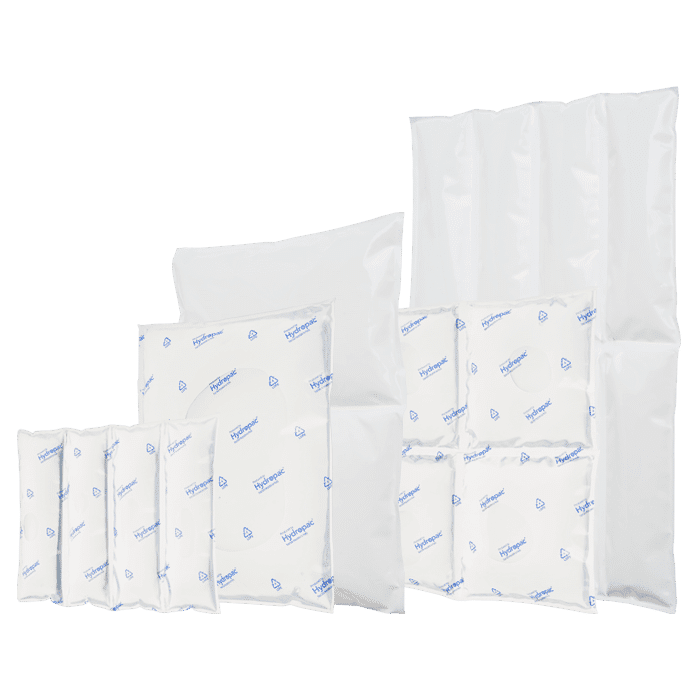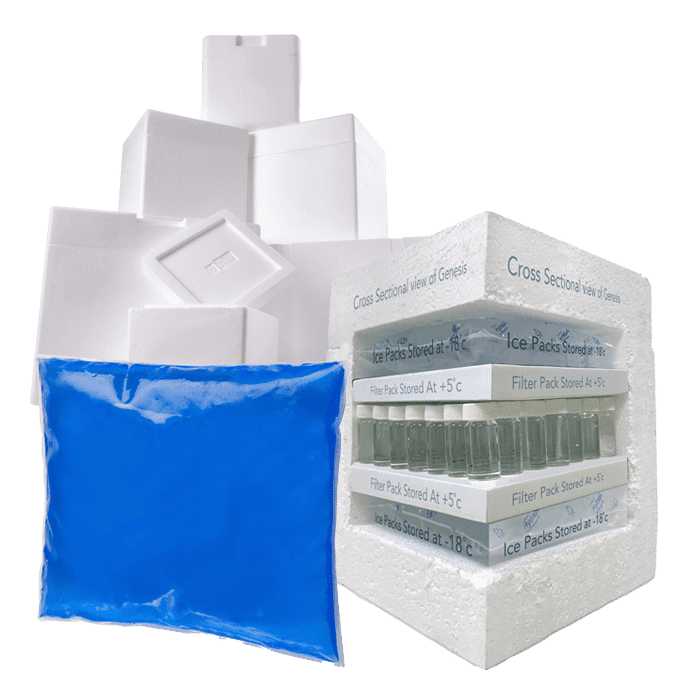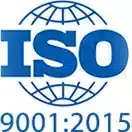4 Upcoming Compostable Materials to Replace Plastic
With the majority of the population trying to improve their eco-credentials, it is important to know the difference between compostable materials and biodegradable materials. There are many products and packaging labelled as ‘biodegradable’ which sounds great but the reality is that “biodegradable” materials can take hundreds, if not thousands of years to break down and decompose. They can damage the environment in this time, by leaching toxic materials into the soil. This is why people are moving into compostable alternatives.
Compostable materials breakdown into carbon dioxide, water and biomass without leaving any toxic material behind to leach into the environment. They usually break down between 3 to 6 months, a huge improvement on most biodegradable items. Most will break down in a home composting environment or can be taken away in a ‘food bin’.
There are a variety of compostable materials that can be used to replace plastic items and packaging to make the planet a sustainable and eco-friendly environment for humans and animals.
Custom chilled solutions for you
Hydropac offers every customer a customized solution for chilled and conditioned shipping. For example, we help a customer with limited freezing capacity to deliver gel packs frozen and ready to use, and we can manufacture almost all shapes and sizes of cooling elements. As a customer, you come first: we are here to help you.
Bamboo
Bamboo is a natural material and is a great way to minimise plastic usage. It is one of the fastest-growing plants, growing up to 4 cm an hour, making it the number 1 renewable resource. Bamboo is used as a plastic replacement for toothbrushes, straws, single-use cutlery, razor handles and more.
Toothbrushes, straws, single-use cutlery and razor handles are all items that are commonly made from plastic and disposed of immediately after use or every few months. The plastic compound used in this type of item can take up to 1000 years to biodegrade, whereas bamboo takes around 6 months to compost.
Because of its natural antibacterial and antifungal properties, bamboo is a perfect solution for straws, toothbrushes and razors which are used more than once in wet conditions. It is also very resistant to water and temperatures making it a good solution for packaging food.
Beeswax Wrap
Beeswax wrap is a compostable material used to wrap food. It is commonly made from cotton coated in food-grade beeswax, rosin, coconut oil and jojoba oil. The wrap is tacky and mouldable allowing it to be shaped around food or containers. It is used as a replacement to the single-use plastic cling film food wrap which is thrown away directly after use.
The beeswax wrap can be moulded with the heat of the user’s hands and creates a seal around the food or container. It can’t be used on wet food items or raw meat, but they can be put into a container and then covered by the wrap.
Beeswax wraps are a sustainable plastic alternative to cling film plastic wrap and zip-lock bags which can end up in landfill or the ocean causing major environmental problems for over a thousand years. The wraps do eventually dry out and become less effective towards the end of their life where they can be composted. To compost beeswax wraps, they need to be cut up into strips and put in a compost bin. They take around 5 months to decompose.
Reusable Cotton Bags
Reusable cotton bags which can be used for grocery shopping and holding fruit and vegetables. Cotton bags can be used hundreds of times before breaking and having to be replaced, unlike plastic bags which are commonly used a handful of times before being thrown away and taking thousands of years to decompose.
When the cotton bag comes to the end of its life, it can be composted because it is completely decomposable – this goes for all 100% cotton clothing as well. The decomposing period for cotton bags lasts around five to six months because it contains natural fibres that microorganisms can break down.
Compostable Plastic Bags
Instead of using petrochemicals and fossil fuels to make plastic bags, renewable materials such as corn, potato, cellulose, lactic acid, soy protein and tapioca starches can be used to make compostable plastic bags.
These bags are non-toxic, freezer safe and can withstand hot food and drinks up to 37 degrees Celsius. The manufacturing of compostable bags uses less energy and creates fewer greenhouse gas emissions than manufacturing traditional plastic bags.
Like traditional plastic bags, compostable plastic bags can be reused multiple times before composting. They can be used for households with ‘food bins’ to store waste food before it is collected weekly and composted at commercial composting factories. The compostable bag can take between three to six months to decompose, unlike traditional polyethene bags which can take over a thousand years to decompose.
Concerns about the environment are forever growing and these alternatives are a positive step towards a sustainable lifestyle for individuals and businesses.
Sustainability Hydropac and CSR
Sustainability isn’t just a trend for us – it’s a promise. As we innovate, create, and lead, we keep our planet’s well-being at the forefront. With Hydropac, you’re not just preserving the quality of your cargo; you’re contributing to a healthier world.
Experience the power of sustainable temperature assurance with Hydropac – where excellence and environmental responsibility coexist for a brighter future.





